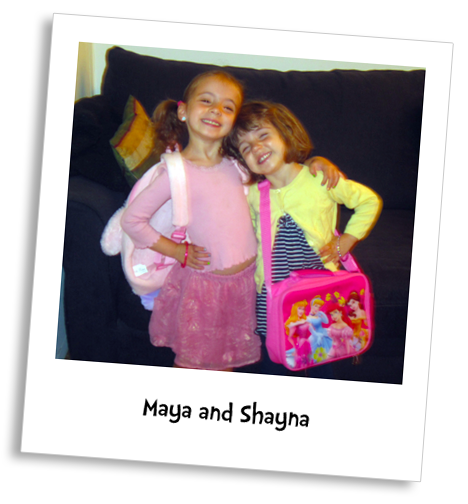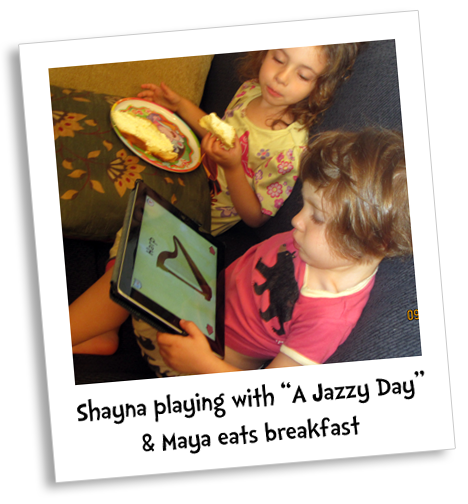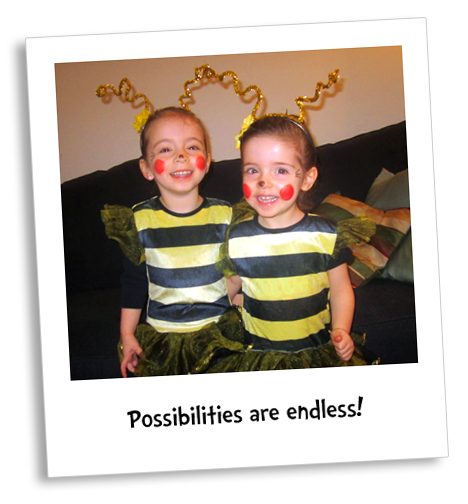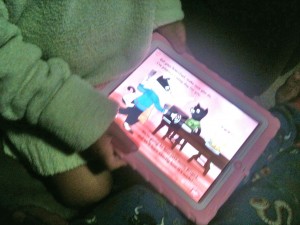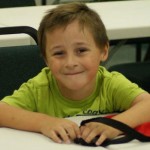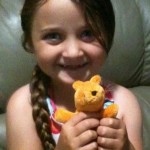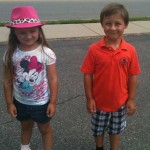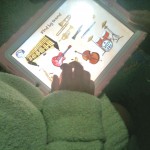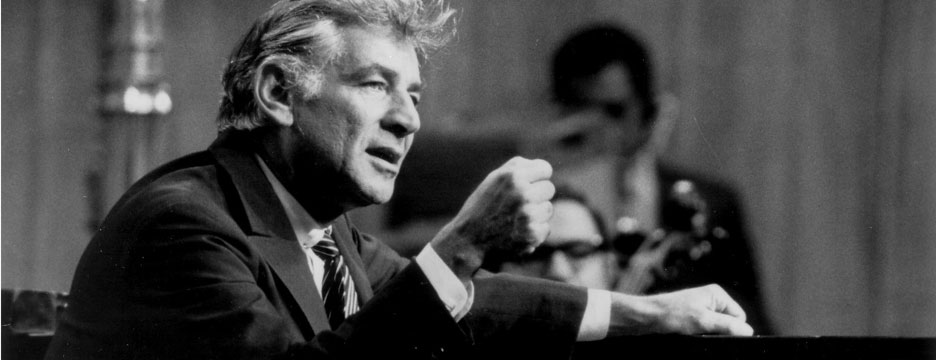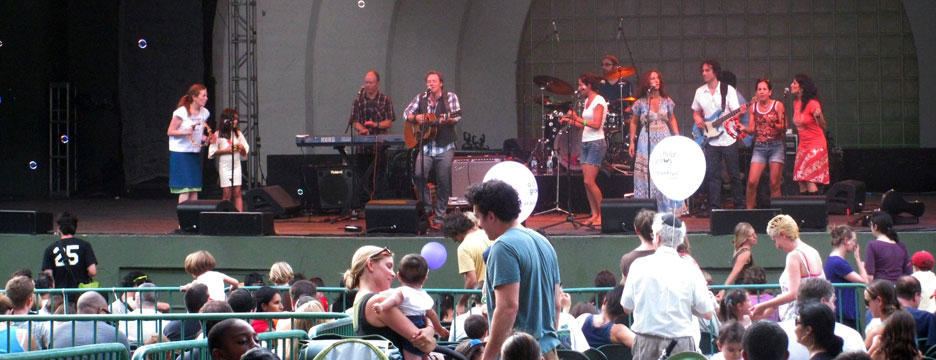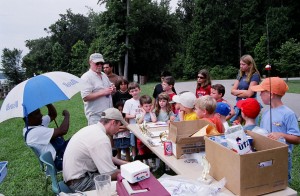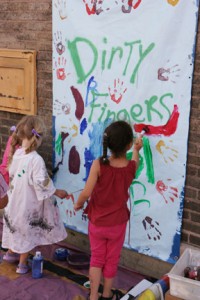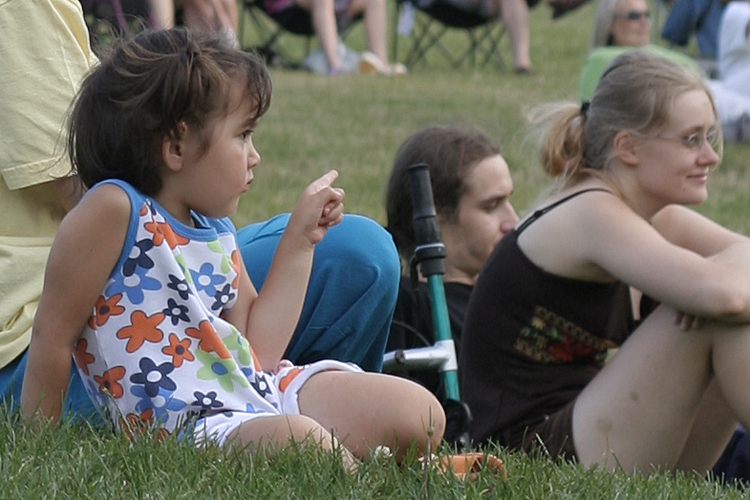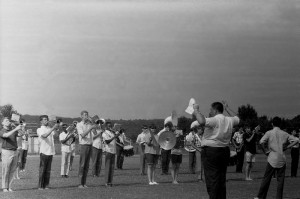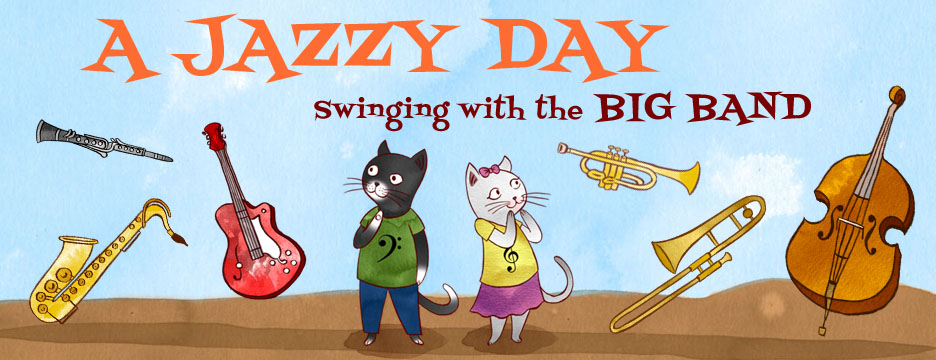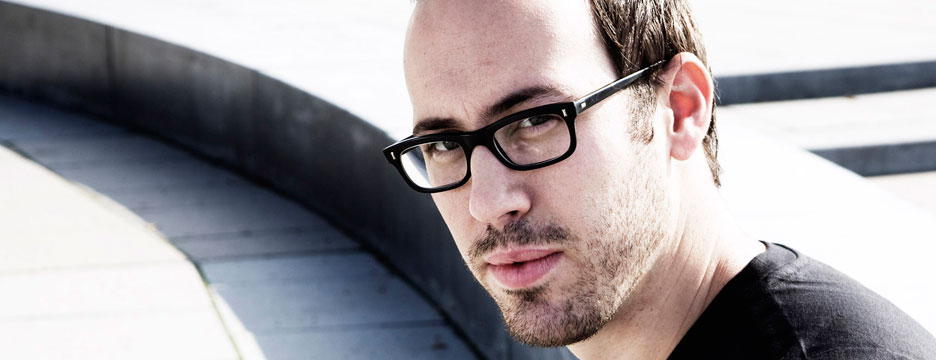Last month the New York Times published an article, “Early Music Lessons Have Longtime Benefits” by Perri Klass, M.D.
Dr. Klass is a pediatrician and writer, and is well known for her writing about children and literacy. She also happens to be the Medical Director of Reach Out and Read, a national childhood literacy program that works through doctors and nurses to encourage parents to read aloud to young children, and to give them the books they need to do it.
The article was especially interesting for me at this point of my journey as a mother, because as I wonder about the millions of options out there for my daughters in terms of extra-curricular activities, I can’t help but think about what would be most beneficial to them, short-term and long-term. Fun is always my first priority when choosing an activity for my girls, but I do want there to be some kind of educational benefit as well. Since they haven’t had any formal musical training yet, I have been able to introduce them to music through various apps on the iPad. My girls have quickly become fans of Jazzy 123, Jazzy ABC and A Jazzy Day apps. What I love most about these apps is that they combine music and education. So while the girls get to learn their numbers and the alphabet, the added bonus is that they are also listening to musical instruments and learning the names of various musical instruments at the same time!
In the New York Times article, a Northwestern University study showed that children who studied music, not only improved their auditory skills, but the benefits lasted beyond their lessons. “To learn to read, you need to have good working memory, the ability to disambiguate speech sounds, make sound-to-meaning connections,” said Professor Nina Kraus, director of the Auditory Neuroscience Laboratory at Northwestern University. “Each one of these things really seems to be strengthened with active engagement in playing a musical instrument.”
I strongly believe that music lessons can only help a child, whether it is in attention building or even learning to focus on something, it can help them later on with their academics. “If you get a kid who is maybe 3 or 4 years old and you’re teaching them to attend, they’re not only working on their auditory skills but also working on their attention skills and their memory skills — which can translate into scholastic learning,” she said. (Alexandra Parbery-Clark, a doctoral candidate in Dr. Kraus’s lab and one of the authors of a paper published this year on auditory working memory and music.) The article also mentions that if a child continues with musical instruments, the long term affects are greater because they can preserve brain function.
So having read this, I began to think about my girls. Both have been attending music classes since they were babies. As I mentioned earlier, they have never had formal musical instrument training, however, they have been exposed to various instruments, such as the guitar and piano. In our home, my husband happens to be a musician, playing both the piano and guitar. We have an upright piano in our home and my daughters have enjoyed sitting with my husband listening, playing and singing since they were born. Now as my older daughter approaches 5 years old, I am considering piano lessons for her next year.
Maya and Shayna and their Dad, David playing the piano at home.
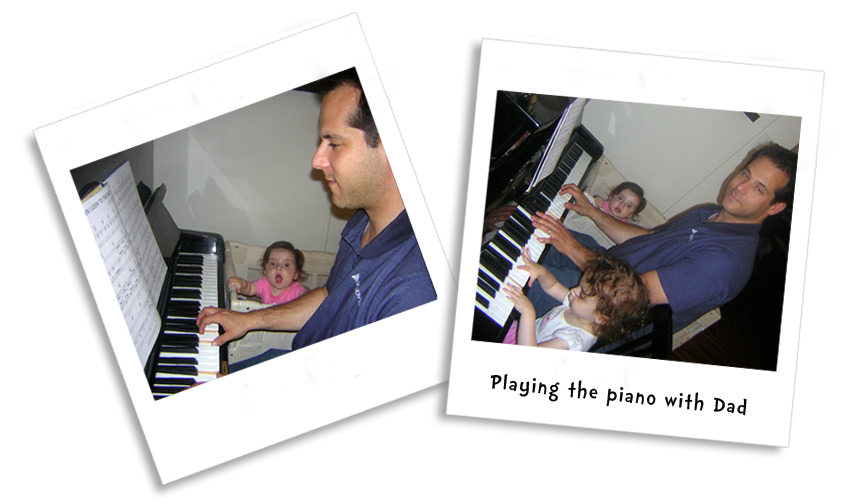
Finally, I loved the last part of the article where Dr. Parbery Clark says, “We want music to be recognized for what it can be in a person’s life, not necessarily, ‘Oh, we want you to have better cognitive skills, so we’re going to put you in music. Music is great, music is fantastic, music is social — let them enjoy it for what it really is.” Having read that, if they enjoy their musical lessons, that to me is most important.
And on a completely other note (no pun intended), I wanted to take a moment and acknowledge the recent Hurricane Sandy that affected so many thousands of people on the East Coast. We are sending prayers for a speedy clean-up and restoration of electricity and power. Living in upper Manhattan we were lucky not to lose power, except for no internet access and no land line. Other than that, we were safe and sound, and as a little ray of sunshine in the midst of the storm, we celebrated my daughter Shayna’s 3rd birthday on October 30th. She is very excited to be “big” now.
So from our family to yours, we wish you a safe and happy Halloween and for those still dealing with the aftermath of the hurricane, we send prayers and support for life to get back to normal as soon as possbible.
Here are the some of our favorite costumes from over the past few years….
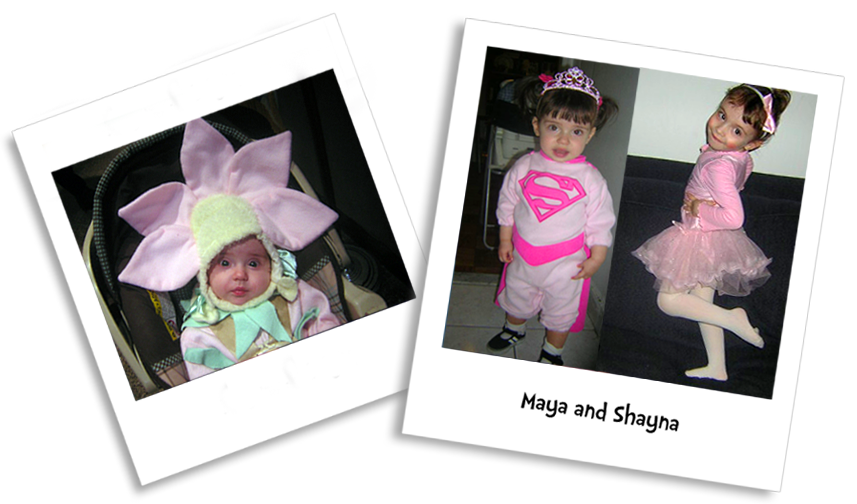
Wishing you all a safe and happy, candy-filled Halloween and if you want to read more about the benefits of music lessons, click on the link to the New York Times article. http://well.blogs.nytimes.com/2012/09/10/early-music-lessons-have-longtime-benefits/
Sharon Marcus is a Graduate Student at Hunter College, where she is getting her Masters degree in Early Childhood Education. She and her husband David live in New York City with their two adorable daughters, Maya and Shayna.

